Grumman F4F Wildcat USAF
Production Time 9 to 10 weeks
Shipment is by FedEx, UPS or DHL International Express Courier with a normal door-to-door delivery time worldwide of within 2-3 business days after dispatch. Due to the current volatility of world fuel prices, the amount mentioned here is our best estimate for DHL and UPS and may be subject to change at the time of shipping.

Model Description: Grumman F4F Wildcat USAF USAF Wood Replica Scale Custom Model Aircraft
Manufacturer: Grumman
Wingspan: 17.2 Inches (43.7 Centimeters)
Height: 5.4 Inches (13.7 Centimeters)
Scale: 1:27
Registration: VMF-121
$239.50
Production Time 9 to 10 weeks
-
United States dollar ($)
-
Pound sterling (£)
-
Euro (€)
-
Australian dollar ($)
-
Canadian dollar ($)
-
Singapore dollar ($)
-
Swiss franc (CHF)
-
Japanese yen (¥)
-
Danish krone (kr.)
-
Hong Kong dollar ($)
-
Norwegian krone (kr)
-
Swedish krona (kr)
-
United Arab Emirates dirham (د.إ)
General Product Description
Our PlaneArts Grumman F4F Wildcat USAF model exhibits unique, unrivaled quality and detailed design to come as close as possible to the accuracy of the actual plane. It comes as standard with a robust, durable base or stand which is available in a variety of different finishes designed to match your own personal requirements including solid wood, wood with polished metal supports or adjustable wood wall mount and will be ready within about 9-10 weeks from placement of order.
The Grumman F4F Wildcat USAF model is made of the finest kiln dried renewable mahogany wood (commonly known as Lauan or Meranti) which has undergone many stages of carving and meticulous and careful sanding giving the beautiful, finished museum quality masterpiece. Many collectors and model connoisseurs demonstrate their preference for genuine handmade and hand painted mahogany wood models rather than plastic or die cast (diecast) alternatives due to the overall look and totally different feel of the item - we trust you will find the same. We can however, if required produce the same model in Solid Cast Resin so just click and contact us for further information. Our craftsmen and gifted artisans ensure that our finely handcrafted model airplanes match the precise blueprint details of the original aircraft. The paint scheme, markings and parts are closely matched, reflecting the original aircraft. This stylish top-quality desktop replica model will surely enthrall anyone who receives this as a gift and for sure one of the most appropriate and desirably collectable gifts for any military aviation enthusiast and avid aircraft collector whilst also displaying a perfect resemblance to the actual real life version.
There are many types of military propeller aircraft, but the basic types are bombers, fighters, fighter bombers, spotter planes, transporters, patrol aircraft, trainers, and reconnaissance and observation aircraft. All these types of aircraft are used for different types of missions. If you're a fan of historic or present-day military aviation, our model aircraft will bring the excitement and character of these aircraft right into your own home. You can order a wood airplane model of a North American B-25 Mitchell Bomber, a B17 - Flying Fortress, or a P-51 Mustang Nervous Energy V not forgetting the Bf 109, Spitfire, FW 190, A6M Zero, P-38 and F4U. These classic, propeller airplane models are of the highest quality. Each is individually crafted by our expert craftsmen. They produce handmade scale mahogany airplane models of the finest aircraft from World War I and II to present day biplanes and triplanes.
If you require, we can also make the Grumman F4F Wildcat USAF model in any other military, government or even private livery or colour scheme you require and if necessary, in a different size or scale. Just click here to contact us with a description or photographs of what you require, and we will let you have a quotation for the necessary customization by return email. We can also make bespoke scale replicas of any other private / civil commercial airliner or airliners, helicopter, glider, gliders with engines, military jet, warplane jets, biplane, triplane, tail fin, spacecraft, rocket or NASA model you require in any airline, military or civilian livery or colors. We also produce model airships, blimps, dirigibles, blimps, boats, and ship collectibles. Wall plaque or seal for military, government or private customers. Again, by clicking here to contact us just let us know exactly what you need.
The Grumman F4F Wildcat: A Pillar of World War II Aviation
The Grumman F4F Wildcat is an iconic aircraft, synonymous with the early days of the United States’ involvement in World War II. Developed by Grumman Aerospace, it served as the primary carrier-based fighter aircraft for the U.S. Navy and Marine Corps from 1940 through 1942. Though later overshadowed by more advanced fighters, the Wildcat played a pivotal role in securing air superiority during key battles. This article delves into the design, performance, and legacy of the F4F Wildcat, highlighting its contributions to military aviation.
Development and Design
The Grumman F4F Wildcat originated from a series of biplane designs, evolving into a monoplane as Grumman aimed to create a more competitive fighter aircraft. Initially competing against the Brewster F2A Buffalo, the Wildcat was selected for mass production due to its robust design and superior performance. Featuring a compact, rugged frame, the Wildcat was particularly noted for its ability to withstand significant damage— a crucial advantage in aerial combat.
Key Features
- Airframe and Powerplant
The Wildcat was powered by a Pratt & Whitney R-1830 Twin Wasp radial engine, delivering around 1,200 horsepower. This power enabled the aircraft to achieve a maximum speed of approximately 318 miles per hour. Its airframe was constructed to offer excellent durability, an essential attribute for carrier operations and intense combat scenarios.
- Armament
Standard armament for the F4F included four to six .50 caliber Browning machine guns, providing formidable firepower. This was complemented by the capability to carry two 100-pound bombs, enhancing its role as a versatile strike fighter.
- Maneuverability and Tactics
Although outpaced and outturned by more agile adversaries like the Japanese Zero, the Wildcat’s tactical advantage lay in its robust construction and dive-and-climb capabilities. Pilots often employed the “Thach Weave” tactic, a team-based maneuver developed by naval aviator John Thach, which proved effective against more maneuverable foes.
- Carrier Operations
The Wildcat was designed with carrier operations in mind. It featured a wide-track landing gear arrangement that improved stability on landing, crucial for operations in the challenging environment of an aircraft carrier deck.
Operational History:
During its service, the F4F Wildcat was instrumental in several critical World War II battles, including the Battle of Midway and the Guadalcanal Campaign. These battles were turning points in the Pacific Theater, where the Wildcat’s contributions were vital in achieving tactical victories against Japanese forces.
Wildcats served not only in the U.S. Navy and Marine Corps but also with the British Royal Navy, where they were known as the Martlet. In these roles, they continued to see action throughout the war, even as more advanced models like the F6F Hellcat and the F4U Corsair came to the forefront.
Legacy:
The Grumman F4F Wildcat’s impact on World War II cannot be overstated. It laid the groundwork for the development of more advanced U.S. fighter aircraft and helped establish the tactics and strategies that would define aerial combat. Preserved examples of the Wildcat can still be seen in museums across the world, serving as a testament to its resilience and the brave pilots who flew it into the annals of military history. Through its service, the Wildcat remains a symbol of American ingenuity and the fierce spirit of its aviators during a pivotal era of global conflict.
| Weight | 6 kg |
|---|---|
| Dimensions | 13 × 17.2 × 5.4 in |
Be the first to review “Grumman F4F Wildcat USAF” Cancel reply
Similar Models
Military Airplanes - Propeller
Military Airplanes - Propeller
Military Airplanes - Propeller
Military Airplanes - Propeller
Military Airplanes - Propeller
Military Airplanes - Propeller
Private & Civilian
Military Airplanes - Jet
Private & Civilian
Military Airplanes - Propeller
Private & Civilian
Private & Civilian
Private & Civilian
Private & Civilian
Private & Civilian
Private & Civilian
Private & Civilian
Private & Civilian
Private & Civilian
Private & Civilian
Private & Civilian
Private & Civilian
Military Airplanes - Propeller
Military Airplanes - Propeller
Military Airplanes - Propeller
Military Airplanes - Jet
Military Airplanes - Jet
Military Airplanes - Jet
Military Airplanes - Propeller
Private & Civilian
Private & Civilian
Transparent Cockpit Models
Private & Civilian
Private & Civilian

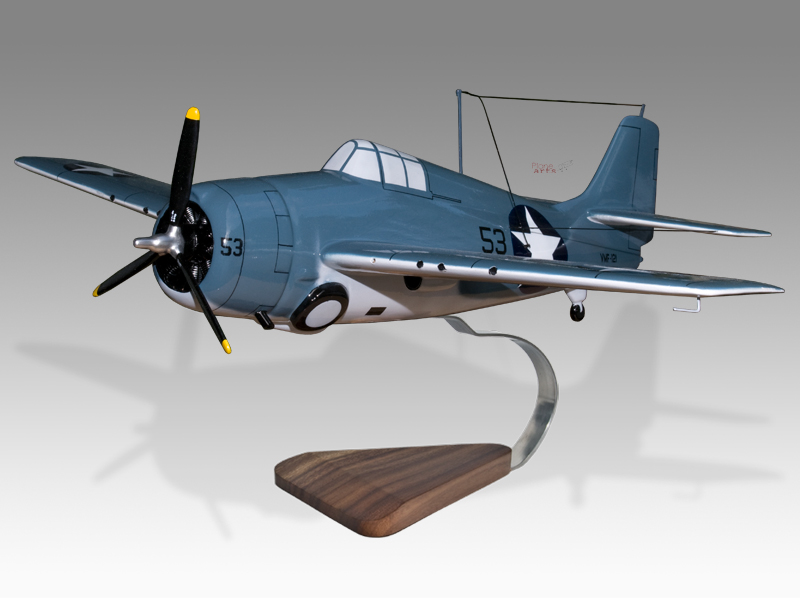
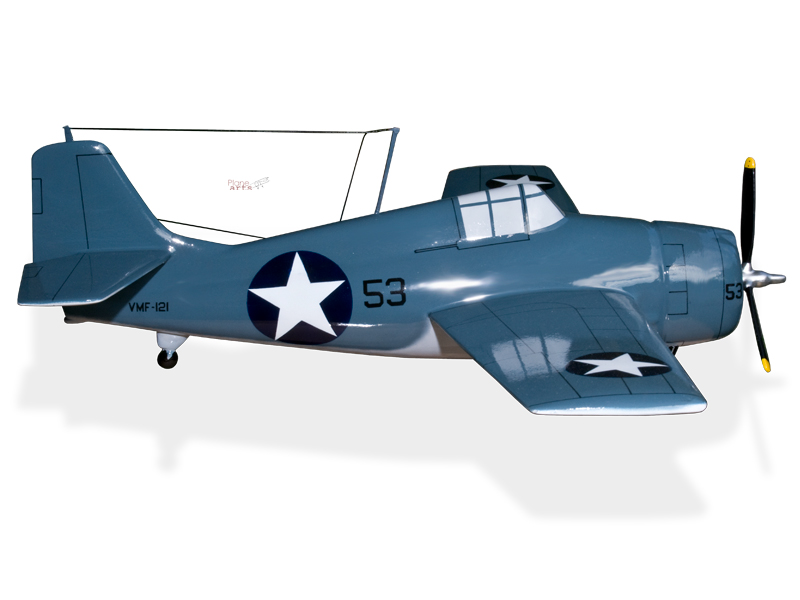
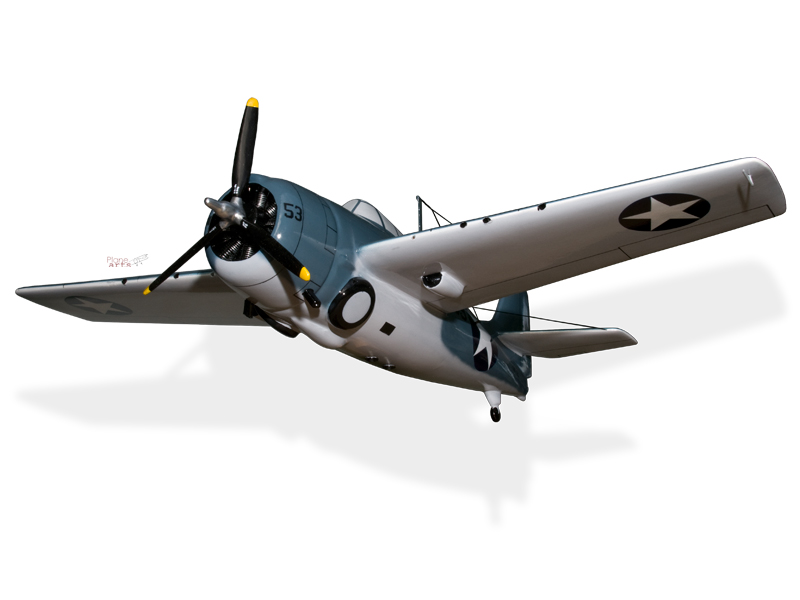


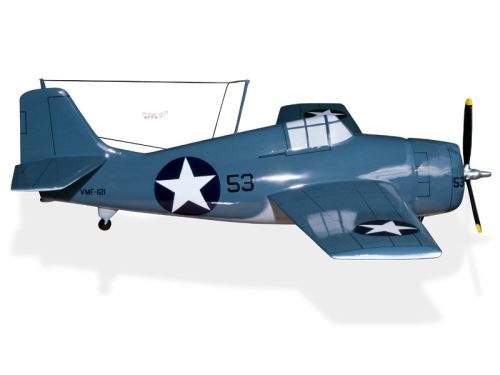

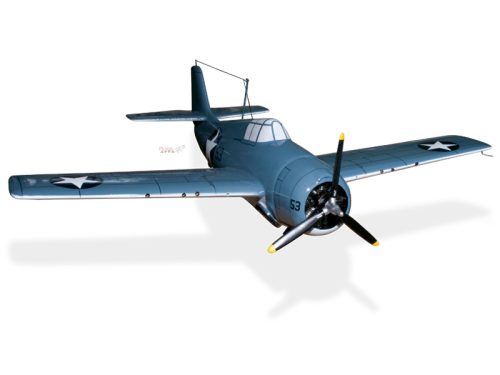
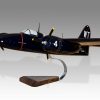
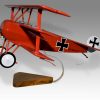
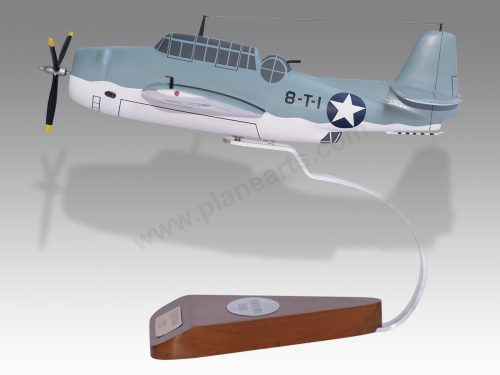
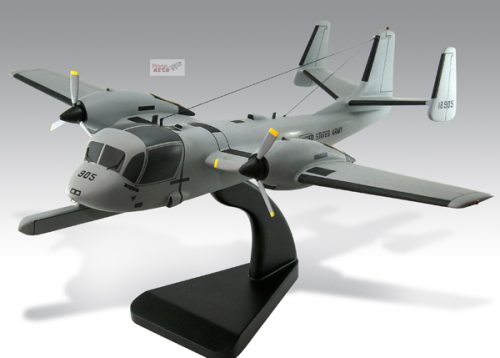
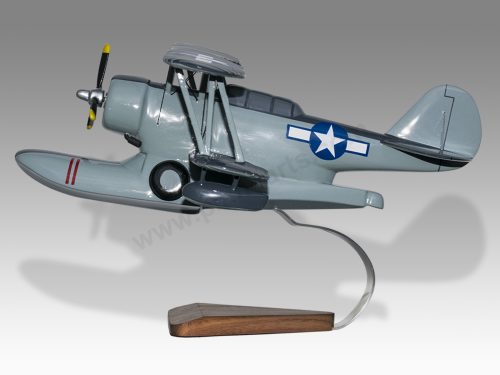
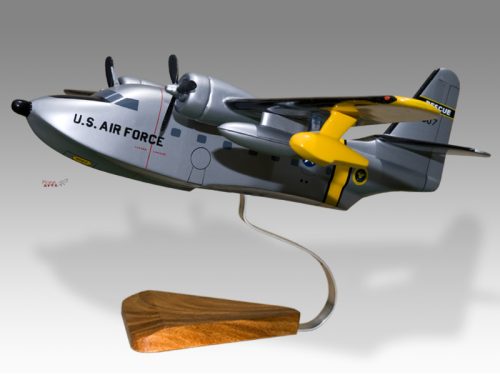
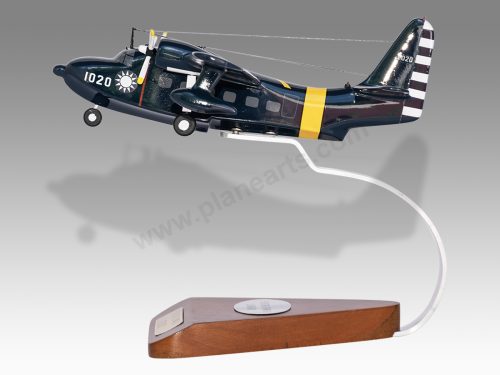
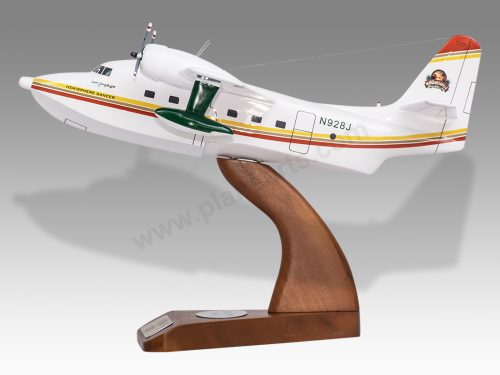
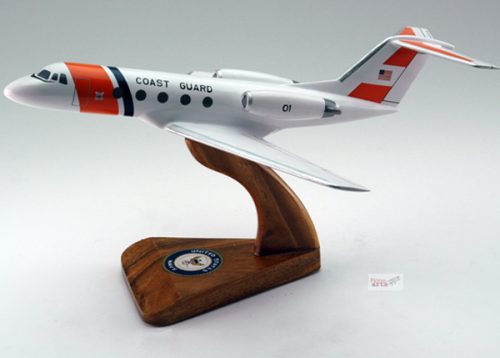
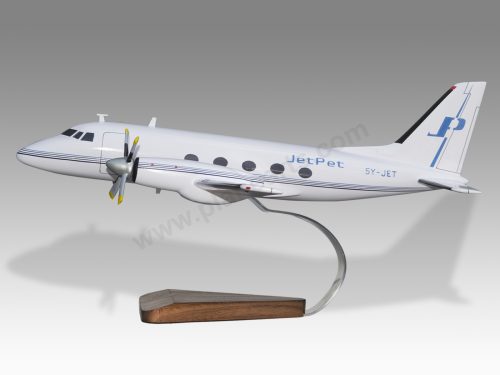
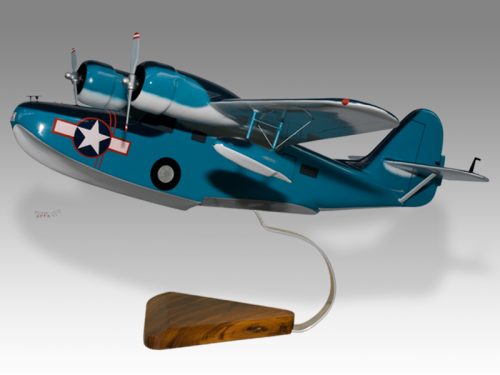
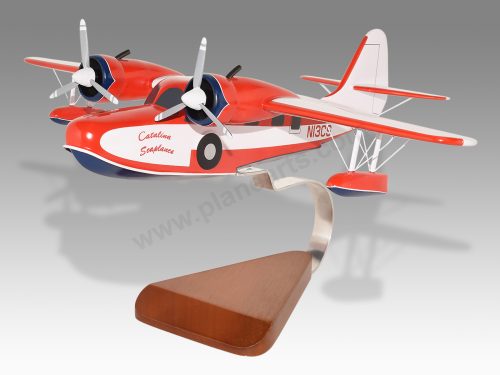
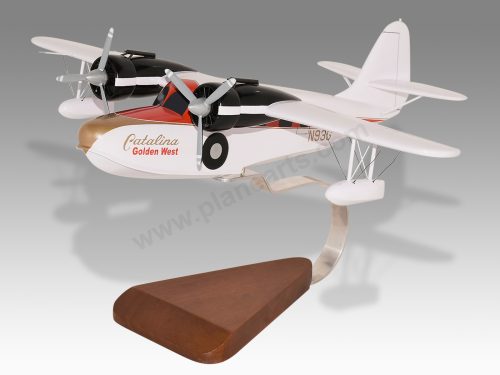
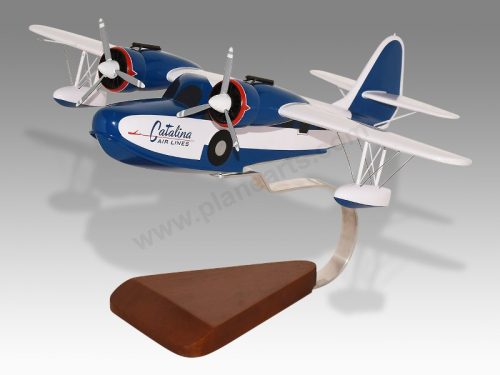
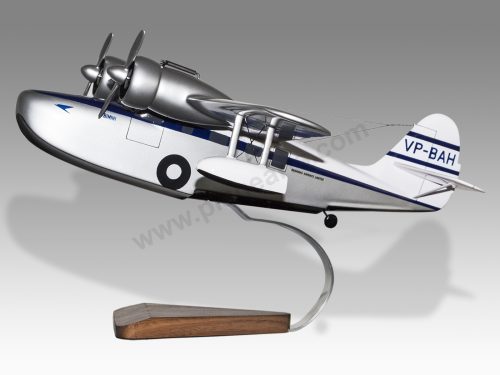
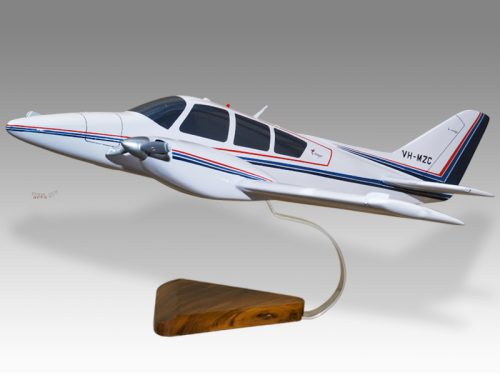
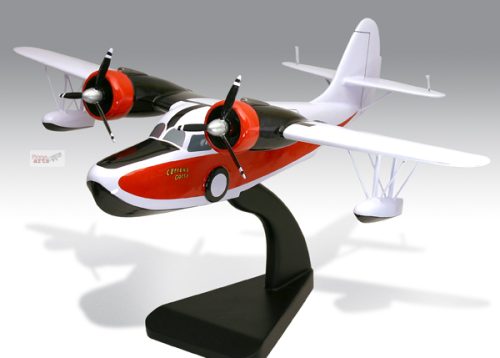
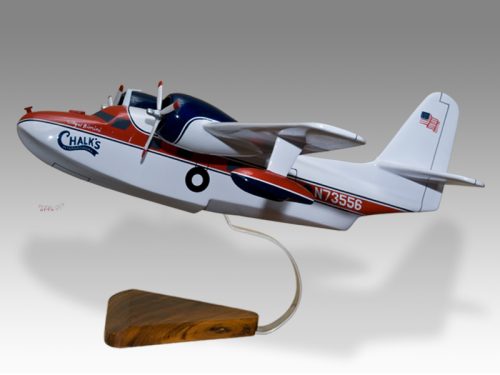
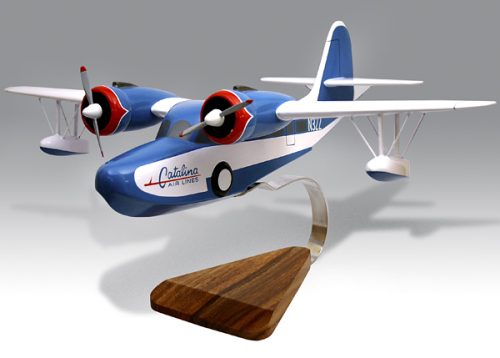

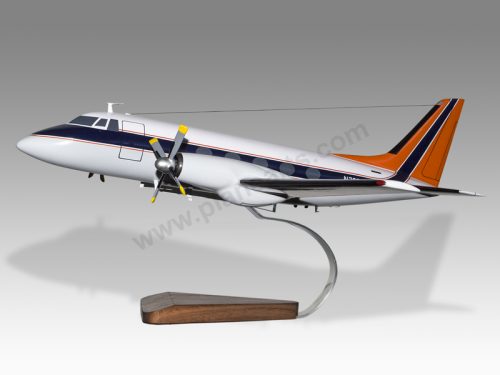


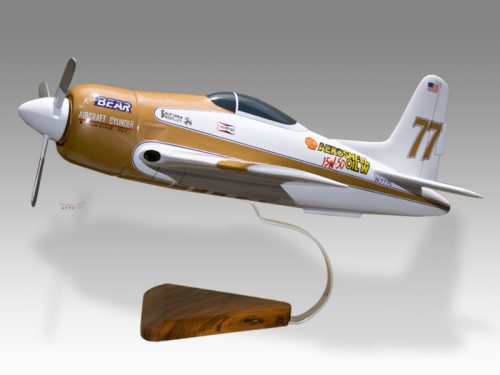
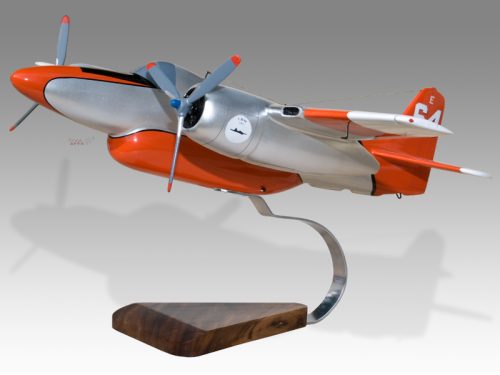
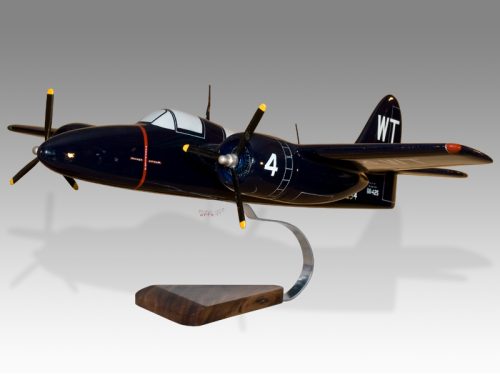

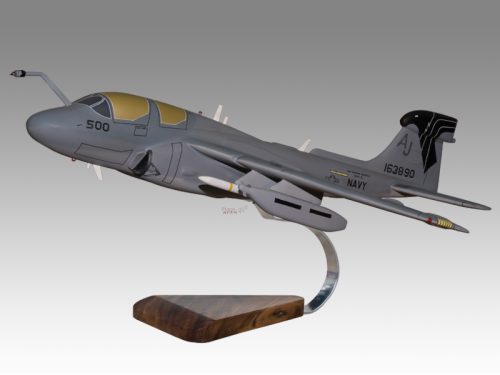
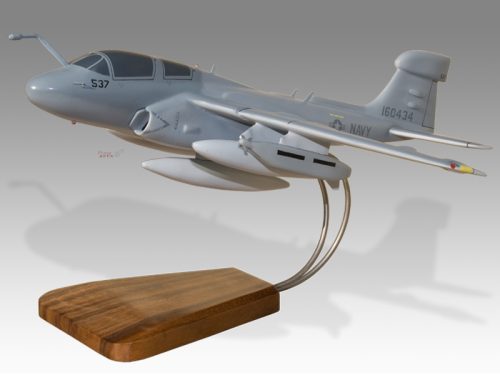
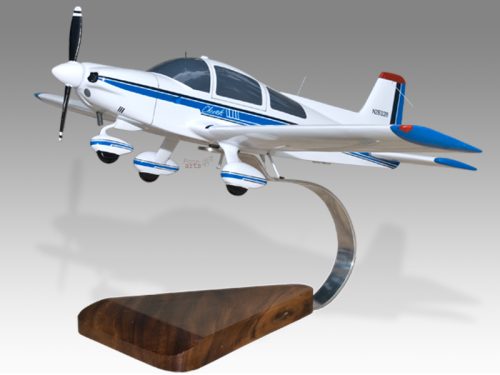
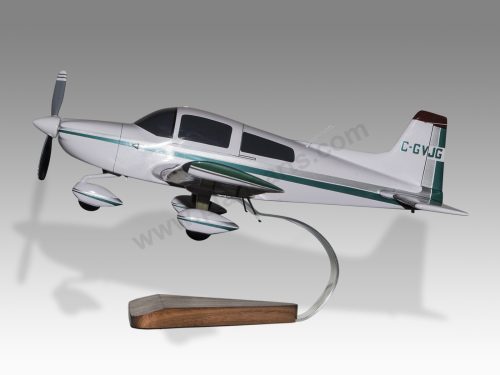
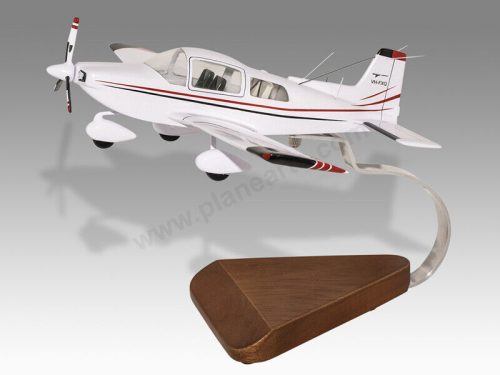
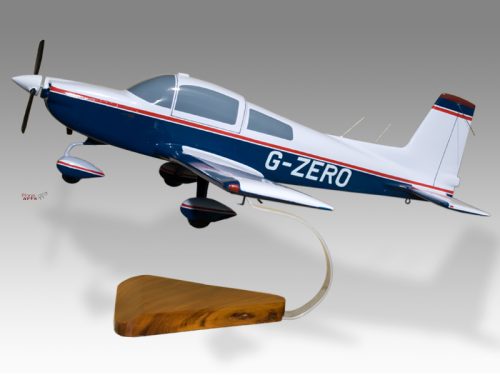
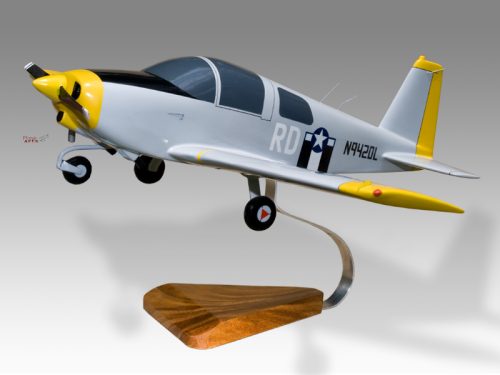
Reviews
There are no reviews yet.